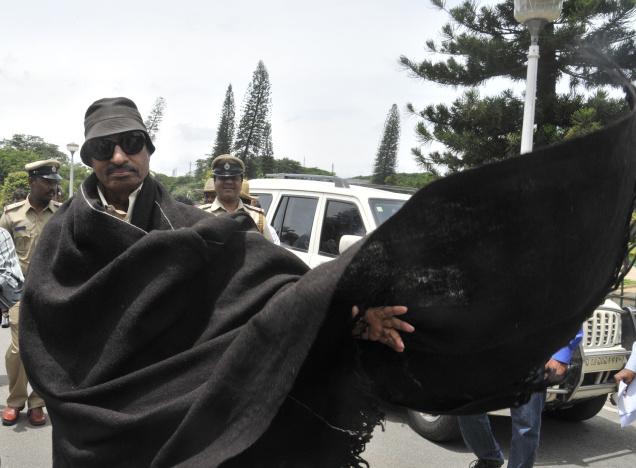Bangalore, September 17: Stung by widespread criticism, the Karnataka government has modified its August 12 circular on dress code for its employees. While the original circular had specified what can and cannot be worn to work, the revised order merely states they should turn up in a “dignified manner.”
The fresh circular issued by the Department of Personnel and Administrative Reforms (DPAR) is based on a proposal by the Karnataka government Secretariat Employees’ Association and State government Employees’ Association.
Shalini Rajneesh, DPAR Secretary, told The Hindu on Monday the revision was made as the “illustrated attire in the original circular was being misinterpreted”.
“The purpose is to make sure the employees know that they are supposed to maintain dignity and decorum in a government office. If they are breaching decency limits, others will complain. Then the person will be asked to set right himself or herself. That is the basic deterrent purpose of having any rule, to ensure that people do not deviate,” she said.
The government’s dress code had irked women activists who termed it “ridiculous” and said the choice of comfortable clothing should be left to individuals. Some were even worried that what started with government employees could later be extended to other sections of people. However, Ms. Rajneesh said she had been getting several phone calls, messages and mails hailing the initiative.
Negative correlation?
Appreciating the rule, Sangeeth Varghese, representing the World Economic Forum, had sent the department three international studies that sought to establish a “negative correlation” between casual dressing and productivity.
“Study proves it”
According to Mr. Varghese, Scott Kingdom, Managing Director of the Chicago office of Korn Ferry International, an executive search firm, had experimented with casual dress-down policy during the summer of 1999 in his Chicago office. Following a notable “pronounced casual nature and approach to work and a growing sloppiness” after the policy, Mr. Scott and his team converted their offices back to suited business dress, effective Labour Day, 1999.
Since then, business produced by Mr. Scott’s office has doubled, Mr. Varghese pointed out.
He cited other studies to corroborate his claim.
Endorsing the study cited by Mr. Varghese, Ms. Rajneesh said the employees’ focus should be on work and productivity. Non-issues and distractions should not take away our time and energy,” she added.
However, P. Satishchandra, Director of NIMHANS, said there was no link between casual dressing and productivity.
“The way of dressing depends on an individual and it definitely cannot be linked to his/her productivity. Some people may like to dress in a casual manner, but that does not affect their productivity,” Dr. Satishchandra said.
CM’s response
At a press conference, seeking to play down the dress code issue, Chief Minister Siddaramaiah made it clear that such a circular had been issued following a written request by the employees’ association.
“However, I will go through the circular to see its contents,” he said.

